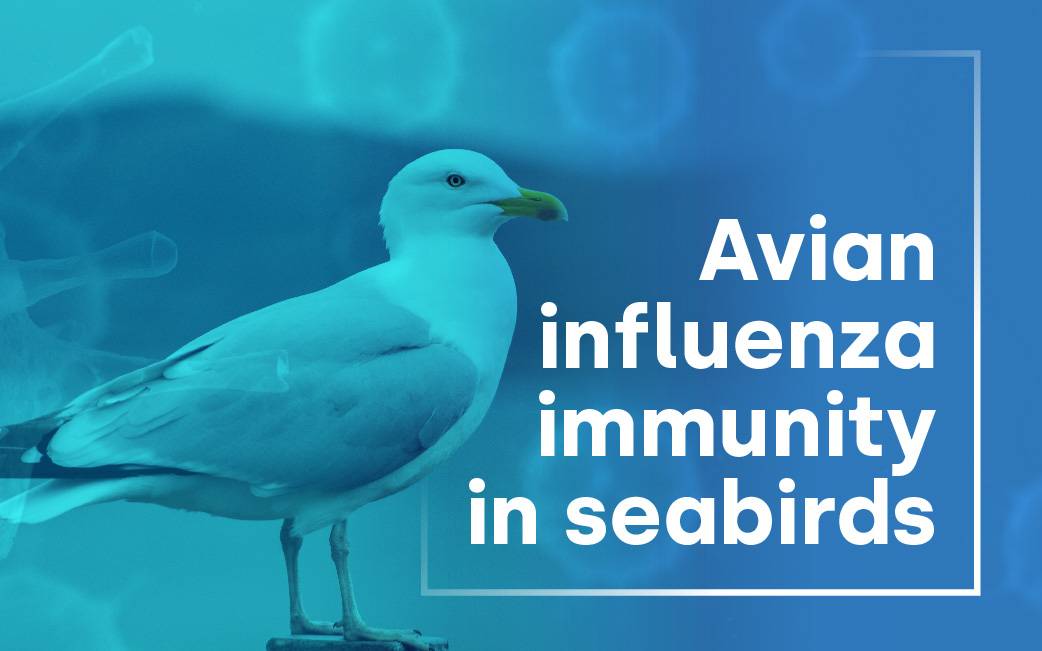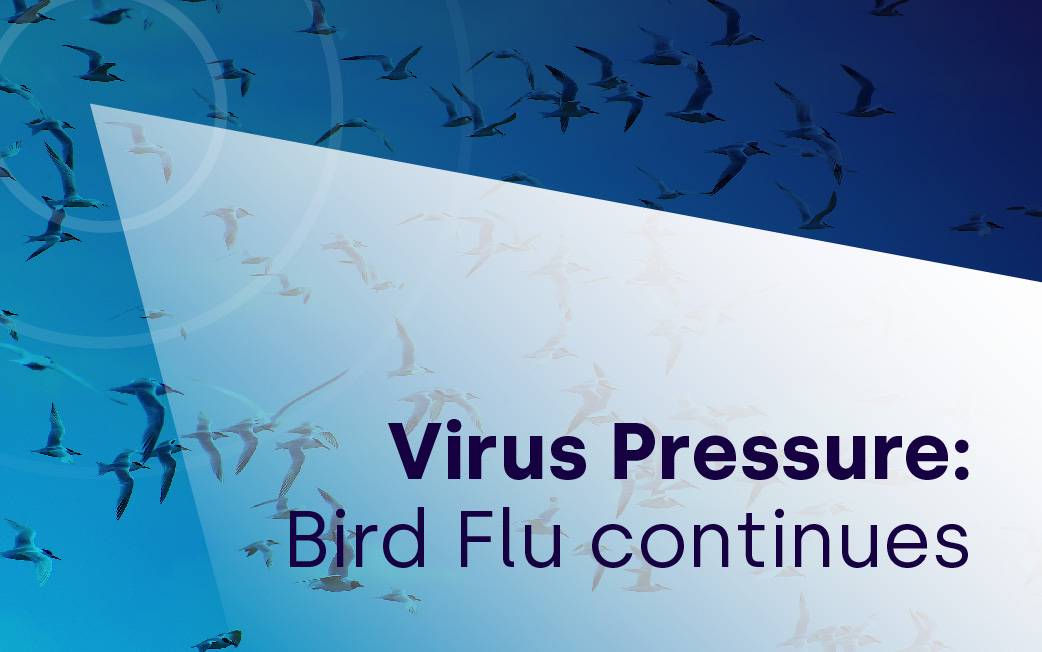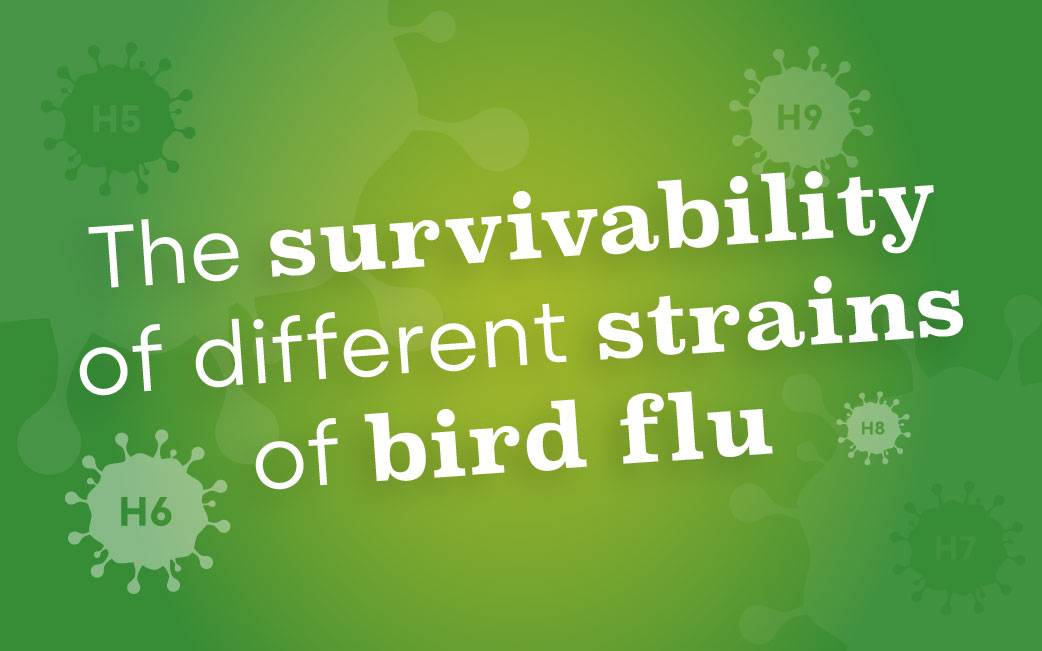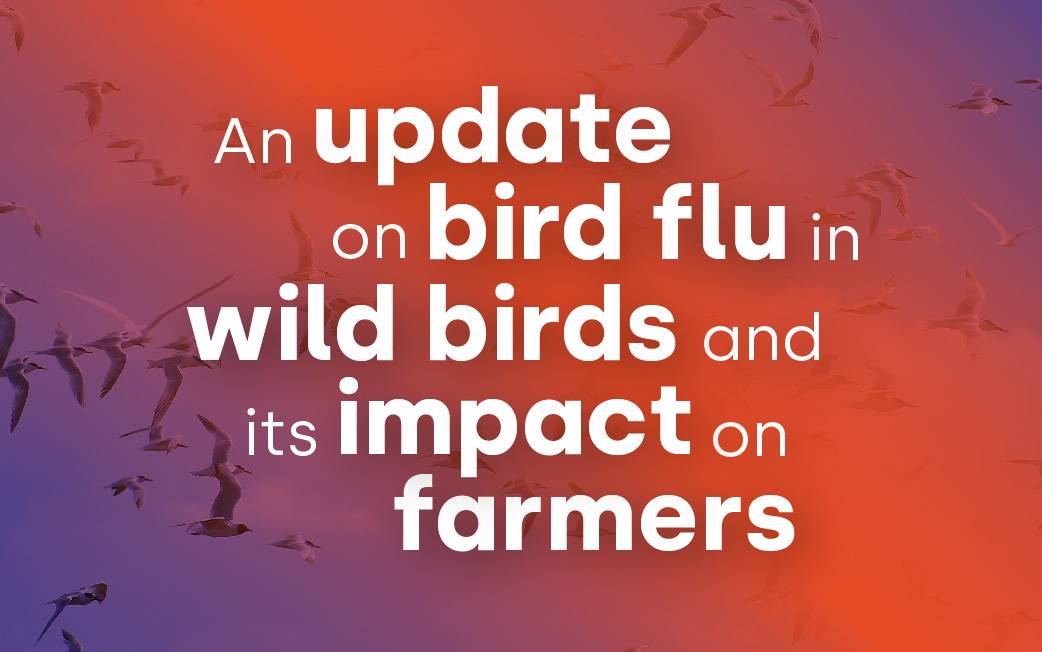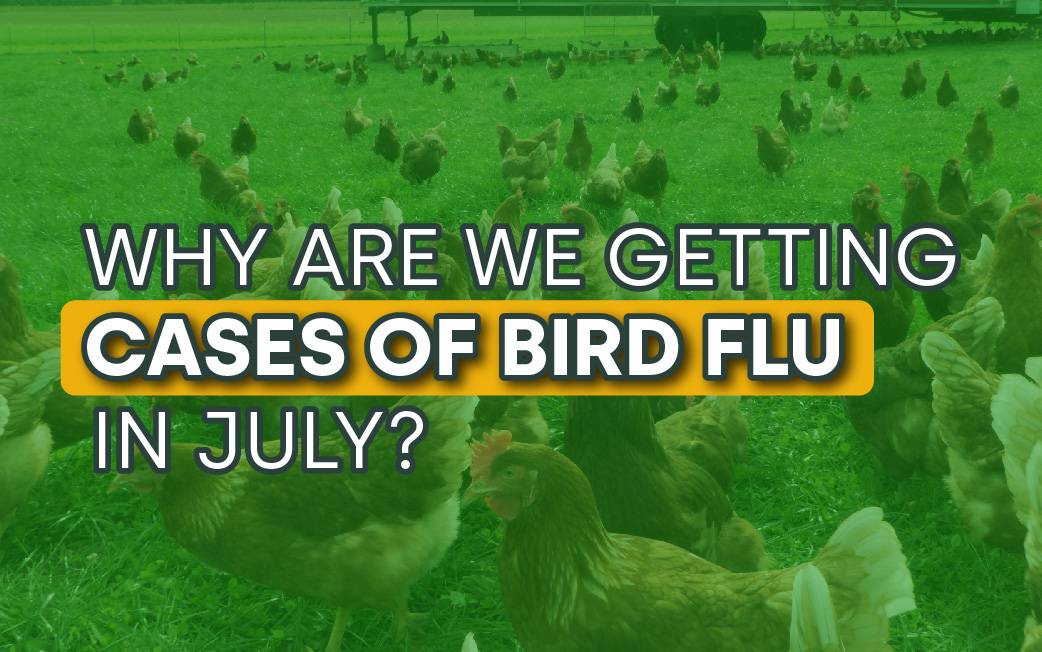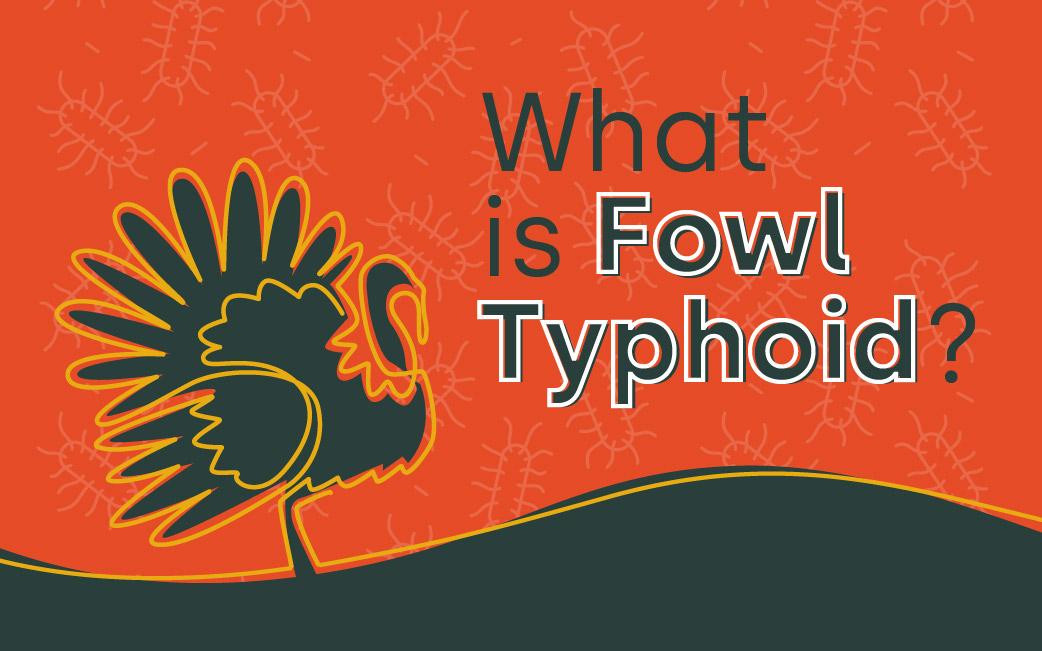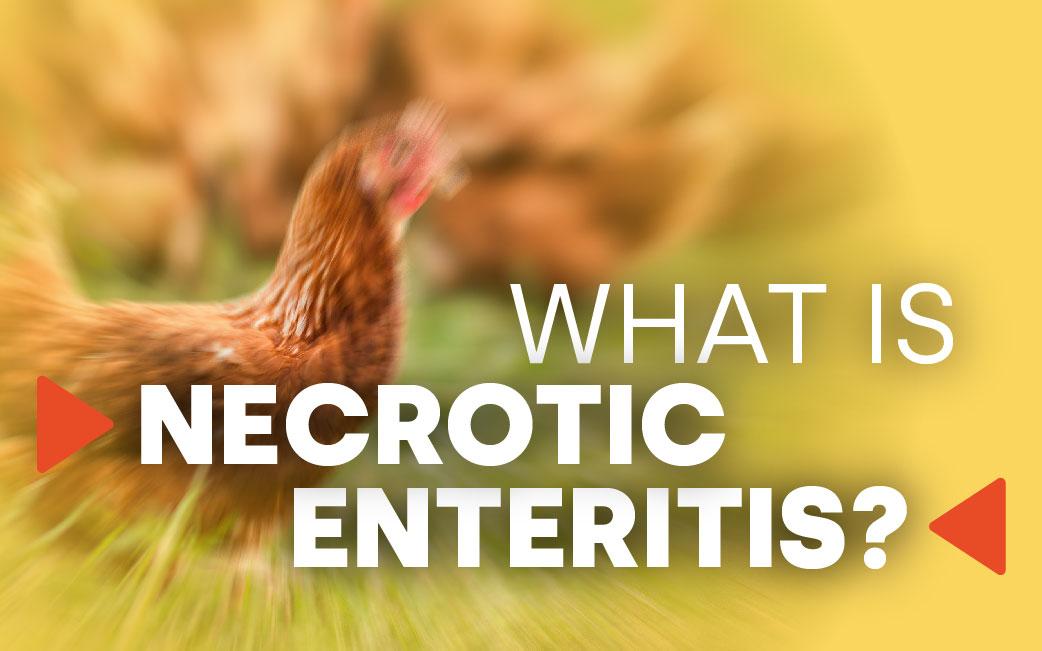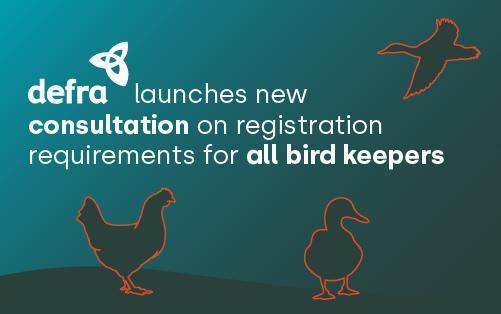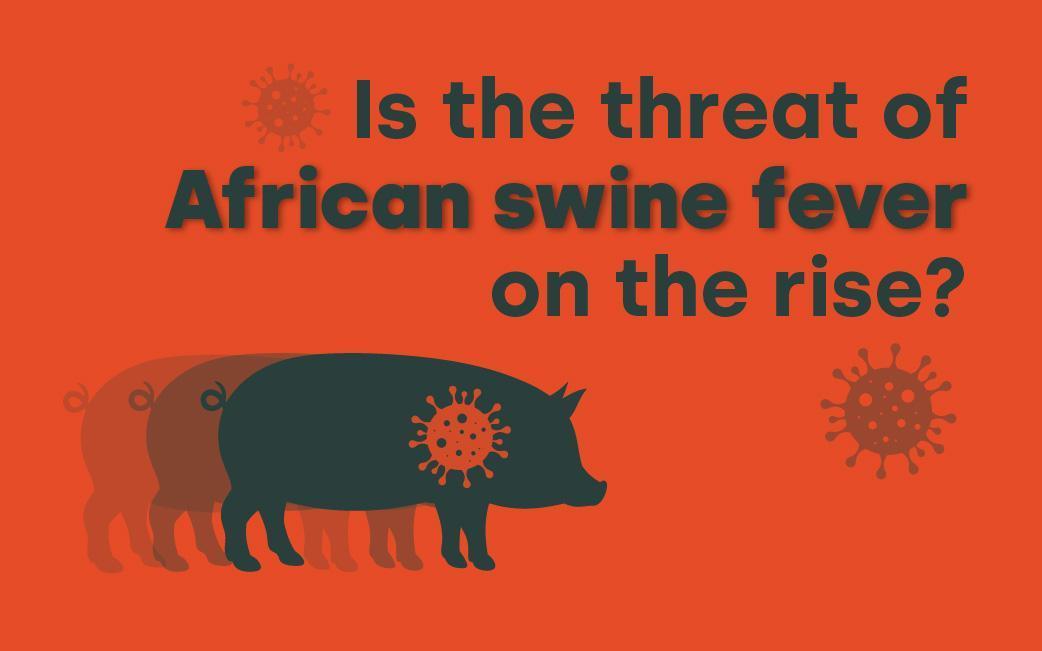Avian Encephalomyelitis, also known as Tremovirus A, is a viral disease which impacts the central nervous system (CNS) of young chickens. Other mammals that can be affected by the disease include turkeys, pigeons and Japanese quail.
In severe outbreaks, the mortality rate can rise to 50%.
Avian Encephalomyelitis was first discovered in the 1930s in the United States of America. The virus has been distributed worldwide. There are studies on how outbreaks have affected countries such as South Korea and Brazil.
Cause
When the central nervous system is infected with an RNA virus (Ribonucleic acid – a single strand of genetic code that replaces DNA as a carrier of genetic codes in some diseases), this results in Avian Encephalomyelitis. Avian Encephalomyelitis can also remain infectious for a long period of time.
Transmission
Avian Encephalomyelitis can be transmitted vertically (from parent to offspring) and horizontally.
Vertical transmission happens if a breeder flock is infected with the virus during egg production, as they can then pass it down to their offspring. The symptoms can usually appear between 7-10 days after the offspring is born. Vertical transmission is the most common way of spreading Avian Encephalomyelitis.
Horizontal transmission refers to strains of the virus that can affect the intestines. This happens by the strains multiplying in the intestines. The infected birds can transmit the disease through faeces. The virus can live on faeces up to a number of weeks. The strains of the virus on the faeces can spread to other birds sharing the hatch with the infected ones.
Clinical Signs
There are a number of notable clinical signs in Avian Encephalomyelitis. The main symptoms include ataxia (poor muscle control that can affect coordination, speech and balance) and leg weakness.
Other clinical signs include:
- Drooping wings
- Exercise intolerance
- Paralysis (loss of ability to move the body or parts of the body)
- Weakness
- Tremor of the head and neck (muscle contraction)
- Blindness (this can be seen in chicks born under 3 weeks of age).
Tremors of the head and neck are responsible for its namesake (Tremovirus A). The frequency and severity of tremors vary. When a bird is excited or disturbed, it is easy to identify if they are experiencing tremors.
Diagnosis
Diagnosing Avian Encephalomyelitis is based on clinical signs, history and histopathology (studying tissues and/or cells under a microscope) of abnormal tissue in the brain and spinal cord.
Histopathology and virus isolation (collecting and preserving samples correctly) is a definitive method of diagnosing the virus. Tissues from the brain, duodenum (the first part of the small intestine, beyond the stomach) and pancreas are collected for virus isolation.
Treatment and Control
Currently, there is no treatment available. Prevention helps to control the disease. This can be done by only accepting hatching eggs from breeder flocks that are immune to Avian Encephalomyelitis.
There are various methods to minimise the impact of the virus. One example is removing and separating the affected birds from the rest of the flock. Healthy birds need to have access to fresh food and water. There is a vaccine available to help with methods of control. The most effective way to vaccine the flock is through eye drop administration. The vaccine can also be applied to drinking water for the flock to consume.
Building the future of livestock protection
At Livetec, we are building the future of livestock protection, using prevention measures through true, effective biosecurity.
Our newest offering is a Biosecurity Advisory Service, designed to help our clients to mitigate the risk of diseases such as Avian Encephalomyelitis. Our Biosecurity Advisors conduct a comprehensive, one-day on-site visit to assess your farm and provide a customised list of recommendations aimed at safeguarding your poultry and protecting your livelihood.
To find out how our services can support you and your flock, contact us today by clicking here.





































